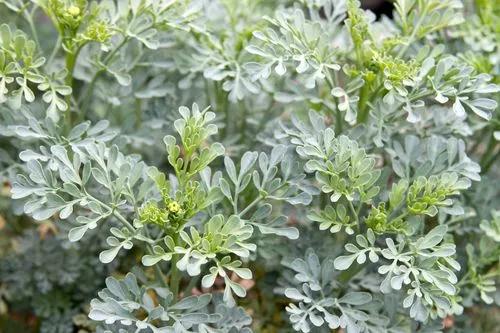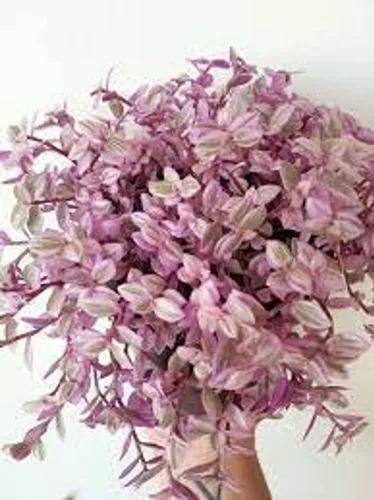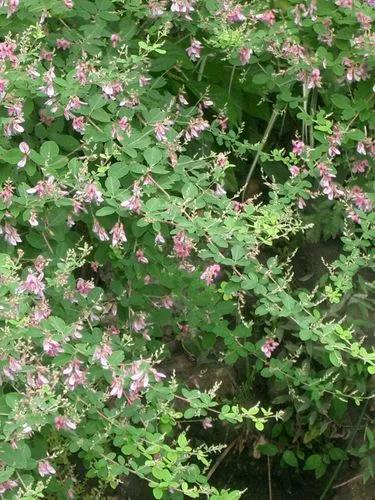Hydrangea anomala is found in southern and central China (Anhui, Fujian, Gansu, Guangdong, Guangxi, Guizhou, Henan, Hubei, Hunan, Jiangxi, Shaanxi, Sichuan, Taiwan, Xizang, Yunnan, Zhejiang) and Bhutan, India, Myanmar, Nepal, Sikkim. They grow in dense to sparse forests in valleys, along stream banks, or on rocky mountain slopes at elevations of 500-2900 meters.They are shrubs climbing which reaching 2-4 meters tall or more with gray-brown, robust, glabrous branchlets and thin, loose bark peeled off into fragments when old. The leaves are yellow-brown on both surfaces when dry, elliptic, oblong-ovate, or ovate, 6-17 x 3-10 cm, papery, both surfaces glabrous or abaxially sometimes sparsely brownish pubescent along veins and barbate at vein axils, secondary veins 6-8 on both sides of midvein, abaxially prominent, base cuneate, subrounded, or sometimes shallowly cordate, margin densely serrulate, apex acuminate.
Japanese Climbing Hydrangea Care
Hydrangea anomala subsp. petiolaris



How to Care for the Plant

Water

As with other hydrangea plants, this species likes constantly moist soil. Place it where it will get watered about 1 inch weekly, or even more often in hot weather. The Greek root hydr- in the name, hydrangea refers to water, and angeon comes from the Greek for "vessel."

Pruning

Once the plants are established, climbing hydrangea tends to be vigorous growers and may need pruning in summer to keep them under control, if desired.

Fertilizer

Fertilize this plant in the spring before the leaves begin to bud. Granular fertilizer with a high phosphorous count will create beautiful blooms on your hydrangeas. You can also fertilize again after the flowers have bloomed in the summer.

Sunlight

Relatively few hardy flowering vines tolerate shade, but climbing hydrangea is one of them. In fact, in hot climates, they actually prefer a location with at least partial shade. Elsewhere, they typically will do alright in more sunny areas, if adequately watered. Climbing hydrangeas that do get more sun tend to bloom better.

Soil

Plant climbing hydrangea in soil that drains well and contains plenty of compost. Aim for a soil pH that is slightly acidic, and keep the soil evenly moist. Apply a 3-inch layer of mulch to help retain water in the ground around the root zone.

Temperature

This plant does well in temperate climates but it doesn't like hot, humid conditions. It can be damaged by sunburn and prefers daytime temperatures around 70 degrees Fahrenheit and night temperatures around 60 degrees. It will set buds only if there are six weeks of temperatures below 65 degrees. A sudden frost can damage the buds and you may not see flowers the next year.

Popularity

96 people already have this plant 28 people have added this plant to their wishlists
Discover more plants with the list below
Popular articles






